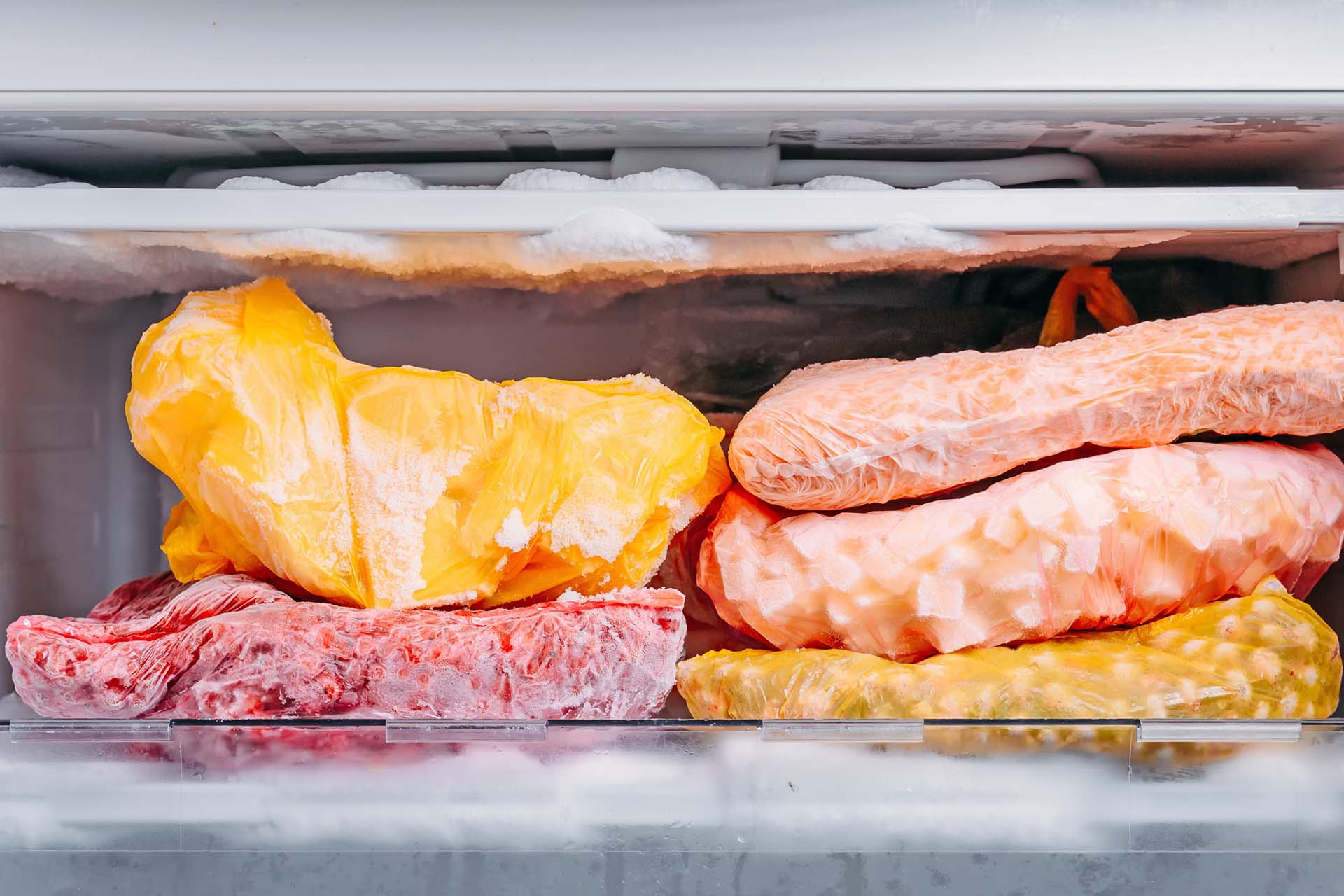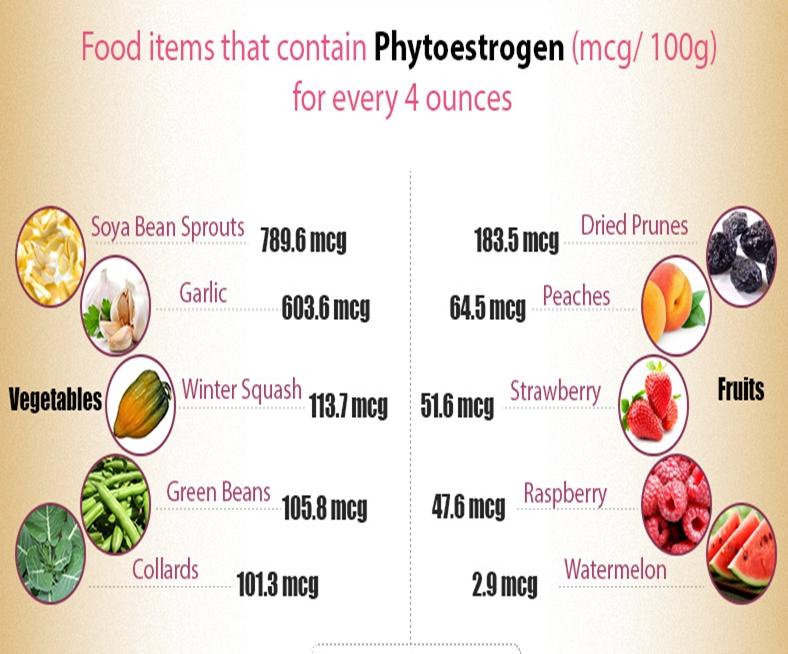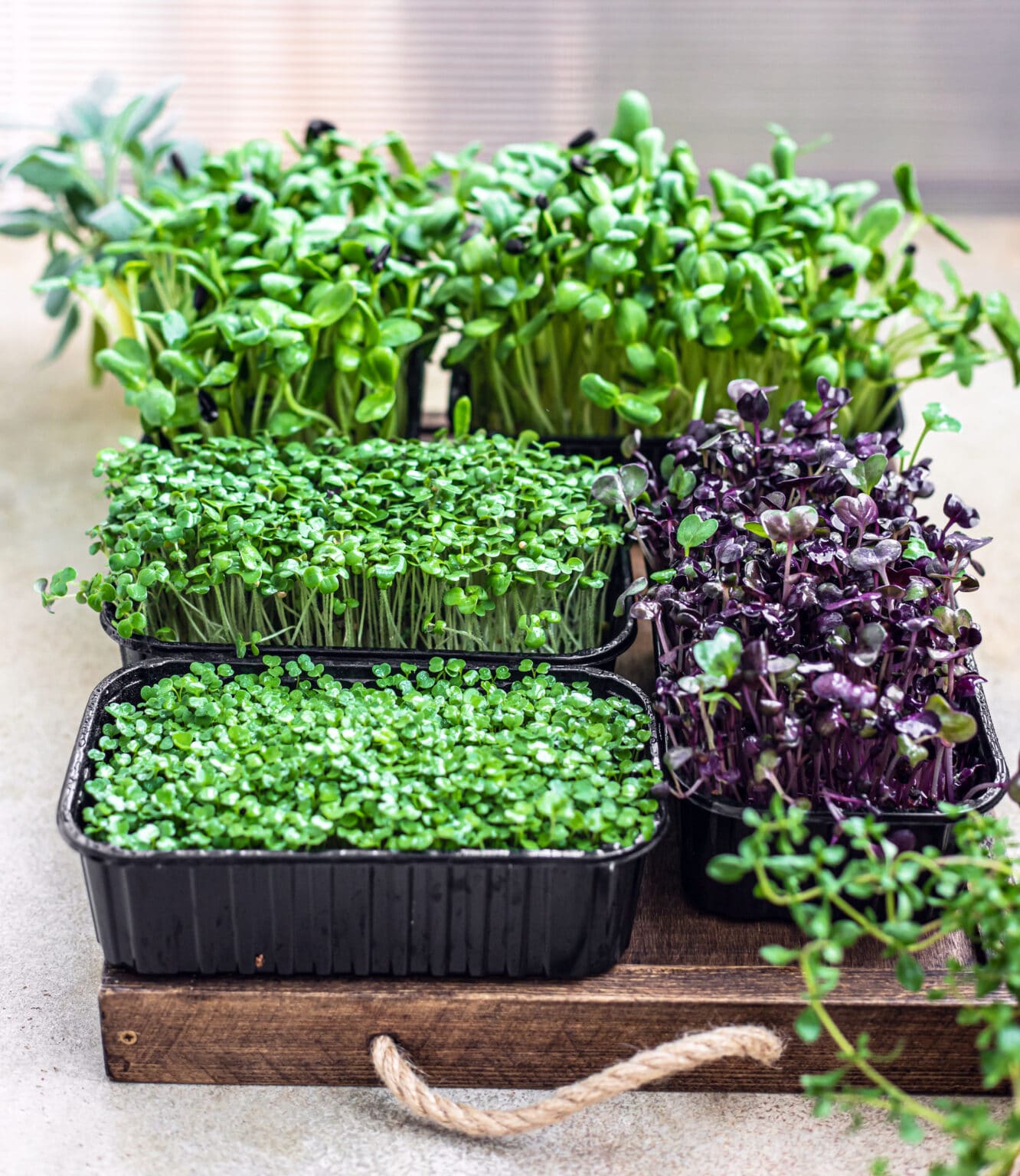Can Mold Grow On Food In The Freezer?

Mold is a fungus that can grow on food and cause it to spoil. It is important to note that mold can grow on food in the freezer, although it is less likely than at warmer temperatures. The USDA states that mold can grow at temperatures as low as 0 degrees Fahrenheit (-18 degrees Celsius). However, the growth of mold is significantly slowed at temperatures below 40 degrees Fahrenheit (4 degrees Celsius).

Factors That Affect Mold Growth in the Freezer

Several factors can affect the growth of mold on food in the freezer:
1. Temperature: As mentioned above, the temperature of the freezer plays a significant role in mold growth. The colder the freezer, the slower the growth of mold.
2. Type of Food: Some foods are more likely to develop mold than others. Foods with high moisture content, such as fruits, vegetables, and bread, are more susceptible to mold growth.
3. Packaging: The type of packaging can also affect mold growth. Foods that are tightly wrapped or sealed are less likely to develop mold than foods that are not.
4. Length of Storage: The longer food is stored in the freezer, the more likely it is to develop mold. Therefore, it is important to rotate foods in the freezer regularly and to use them before they have a chance to spoil.
Preventing Mold Growth in the Freezer
There are a few things you can do to prevent mold growth on food in the freezer:
1. Keep the Freezer Cold: Make sure the freezer is set to a temperature of 0 degrees Fahrenheit (-18 degrees Celsius) or below.
2. Properly Package Food: Wrap or seal foods tightly before placing them in the freezer. This will help to prevent moisture loss and the growth of mold.
3. Rotate Foods Regularly: Every few weeks, rotate the foods in the freezer so that the older foods are used first.
4. Inspect Foods Before Thawing: Before thawing frozen foods, inspect them for signs of mold. If you see any mold, discard the food immediately.
Can You Eat Food with Mold On It That Has Been Frozen?
It is generally not safe to eat food that has mold on it, even if the food has been frozen. Mold can produce toxins that can make you sick. Therefore, it is best to discard any food that has mold on it, regardless of whether it has been frozen.
How to Clean Mold from the Freezer
If you find mold in your freezer, it is important to clean it immediately. Here are the steps you can take:
1. Remove all the food from the freezer.
2. Turn off the freezer and unplug it.
3. Wipe down the inside of the freezer with a cloth soaked in a solution of 1 cup of bleach to 1 gallon of water.
4. Rinse the freezer thoroughly with clean water.
5. Dry the freezer completely with a clean cloth.
6. Plug in the freezer and turn it back on.
7. Allow the freezer to cool down to the desired temperature before replacing the food.
Preventing Mold Growth in the Freezer
To help prevent mold growth in the freezer, follow these tips:
1. Keep the freezer clean. Clean the freezer regularly with a cloth soaked in a solution of 1 cup of bleach to 1 gallon of water.
2. Keep the freezer at the proper temperature. The freezer should be set to a temperature of 0 degrees Fahrenheit (-18 degrees Celsius) or below.
3. Properly package food before freezing. Wrap or seal foods tightly before placing them in the freezer.
4. Rotate foods regularly. Every few weeks, rotate the foods in the freezer so that the older foods are used first.
5. Inspect foods before thawing. Before thawing frozen foods, inspect them for signs of mold. If you see any mold, discard the food immediately.










